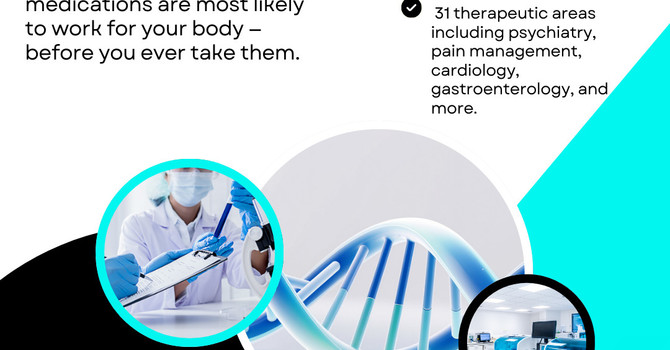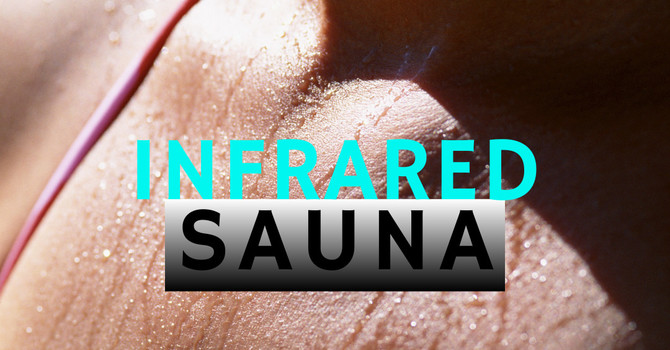.jpg)
If you’ve ever experienced a migraine, you know the debilitating pain that can abruptly alter your entire day. You know you may struggle all day while at work or miss work that day. You may even have to make that dreaded trip to the emergency room. After Covid, most of us avoid the emergency room if possible. What if you or someone you loved could receive IV hydration therapy to treat migraines without ever having to leave your house? Read all about Migraine IV hydration here!
Symptoms and Causes of Migraines
Migraines can present differently in everyone but typically cause one-sided throbbing or pulsing pain in the head. The pain can range from moderate to severe which may be accompanied by light sensitivity, nausea, and weakness. Symptoms can last from hours to days. The frequency of migraines can vary from person to person.
Many factors like stress, anxiety, hormones, strong smells, tobacco, caffeine, and many more can trigger migraines. Genetics is also a known factor in migraines. Certain foods/ingredients like alcohol, chocolate, MSG, yeast, and processed meats can trigger migraines.
Migraine Treatment
At this time, there is no known cure for migraines. Migraine treatment goal aims to relieve symptoms and to prevent future attacks. Treatment can be a combination of lifestyle changes and medications:
-
Resting in a cool, dark room and applying a cold compress to the head or neck.
-
Managing stress through exercise, yoga, and/or meditation.
-
Medications to treat migraines include over-the-counter pain relievers, triptan, and ergotamine drugs.
-
Keeping a migraine journal can help you and your healthcare provider determine what triggers your migraines.
-
HYDRATE!
Talk to your healthcare provider to create a plan for managing your migraines.
Migraine Therapy in the Emergency Room
If you are a long-time migraine sufferer, you may know about making frequent emergency room trips to get relief. Most people who go to the ER have already tried their over-the-counter pain relievers and prescription medications and have had little to no relief. Some IV treatments you could receive during an emergent visit are:
IV Fluids: Nausea and vomiting can occur with migraines, which cause fluid loss. Intense pain may prevent you from hydrating as you usually would. Dehydration can worsen migraine symptoms, so IV fluids can be used to replenish fluid loss.
NSAIDs: Non-steroidal anti-inflammatory drugs like Toradol and Diclofenac are often used for pain relief.
Triptans: Imitrex and Zomig are triptans that are often the first-line treatment for migraines.
Dopamine-receptor antagonists: Compazine, Thorazine, Phenergan, Haldol, and Reglan.
Other treatments provided in an emergent setting, depending on the severity of the migraines and previous treatment, could include: Dihydroergotamine (DHE), steroids, opioids, and Sodium Valproate.
Time To Take Action
Next time you’re contemplating working through the pain or on the verge of making that trip to the ER, consider staying in the comfort of your own home, saving a co-pay, and trying our IV hydration migraine blend. Come Drip with us!
References:
https://medlineplus.gov/migraine.html
https://my.clevelandclinic.org/health/diseases/5005-migraine-headaches
https://www.ncbi.nlm.nih.gov/pmc/articles/PMC3737484/



